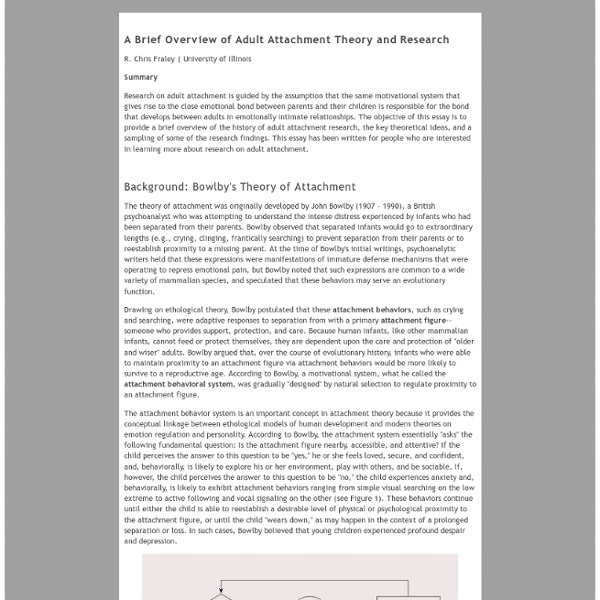A Brief Overview of Adult Attachment Theory and Research

The Fearful-Avoidant Attachment Style
So far in this series of articles we have covered an Introduction to Attachment Styles and the Preoccupied Attachment Style and Dismissive Attachment Style. Taking the time to read these articles before continuing into the current topic may be helpful as they help to lay a foundation of attachment styles and how these styles play a role in romantic relationships. As a brief refresher, attachment refers to the unique bond that is formed in infancy with a primary caregiver and has been expanded to also include and reflect how we attach romantically as adults. Our attachment style is influenced by our thoughts of self and our thoughts of others. The fearful-avoidant attachment style is characterized by a negative view of self and a negative view of others. In some ways, this fearful attachment style resembles the dismissive attachment style, as they both result in the person being avoidant of attachments. Understanding this attachment style can be difficult. Related Posts:
Attachment to God, Part 3: Attachment Styles and God
From our last post it appears that relationship with God may be fruitfully explored using attachment theory. However, to do so, we need to explore the literature on what are known as attachment styles. The attachment bond does not simply vary in intensity, going from a strong attachment to a weak attachment. Rather, one of the discoveries of attachment theory is that attachment is a multidimensional construct, a mix of features which combine to create a unique attachment experience, the attachment style. Attachment styles were initially investigated in the laboratory of Mary Ainsworth. Is there any way to make these sense of these differences? These models were cognitive and emotional representations of Self and Other. If you think through the attachment styles and their associated working models the mapping makes good sense: You're Securely attached if you have a healthy view of both yourself and your attachment figure. You're Fearful in your attachment if you think everyone is trashy.
Soci?t? Fran?aise de Psychologie
Psychologies.com, psychologie, mieux se connaître pour mieux vivre sa vie.
Related:
Related:



